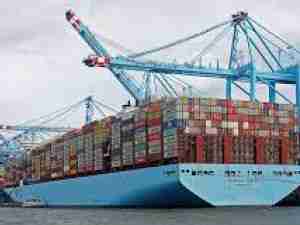The freight forward agreement (FFA) dry commodities market has struggled to recover since falling 47 percent in 2009 from the previous year to 1.178 million traded lots, as the global economic downturn significantly slowed seaborne trade.
FFAs, which are not traded on an exchange, allow a buyer to take a position over where freight rates will stand at a point in the future.
"(Trading volume) is online to be around the same as 2009, something in the range of 1.1 million and 1.2 million lots traded," Duncan Dunn, a senior director with SSY Futures told Reuters.
Demand from financial services companies, like banks and hedge funds, have dried up since the economic downturn in 2008, leaving mainly industry players in the futures market, he added.
Participation has been further limited by the sharp decline in freight rates in the spot market, analysts said.
Spot rates are expected to remain subdued until at least 2012 due to a flood of new bigger-sized vessels to an already oversupplied market.
"Capesizes are now trading at a discount to much smaller-sized vessels, such as panamax and supramax, because they are a more versatile vessel," Dunn said. "Most of the reason for that is we have a very large orderbook of new vessels."
The Baltic Exchange's main sea freight index , which tracks rates to ship dry commodities, fell to its lowest in over 20 months on Monday as growing vessel supply hit sentiment.
Around 200 new capesize vessels, which typically haul 150,000 ton cargoes of iron ore and coal, joined a global fleet of around 1,000 last year. An additional 200 was expected to arrive this year, Dunn said. (Reuters)










